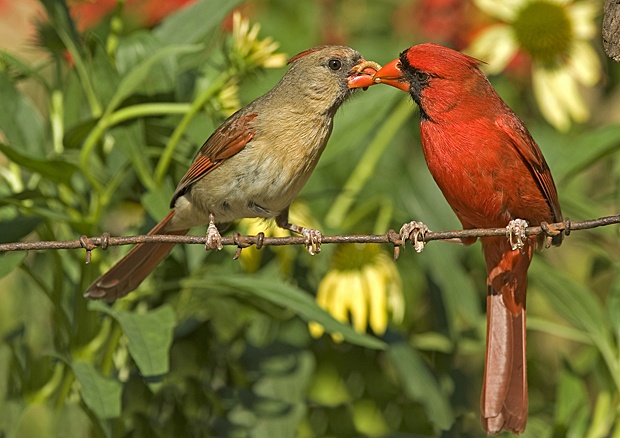Like most environmentally-friendly gardeners, I’ve long known that it’s better to cultivate native than nonnative plants. Adapted to local conditions, natives thrive better—and with less water and other expensive inputs … Read more

Laura Tangley
Laura Tangley is a senior editor for National Wildlife magazine and the editor of the Birds & Birding and Wildlife Gardening sections of www.nwf.org. She also manages NWF's Certified Wildlife Habitat Facebook page. Based in Washington, DC, Laura is an avid traveler, birder and wildlife gardener.
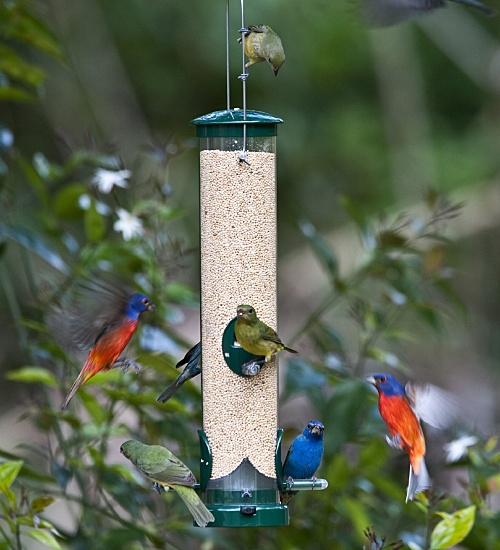
Summer Bird Feeding: the Case For and Against
Should you take your bird feeders down for the summer? The answer may depend on where you live. Ever since I started feeding backyard birds several years ago, I’ve religiously … Read more
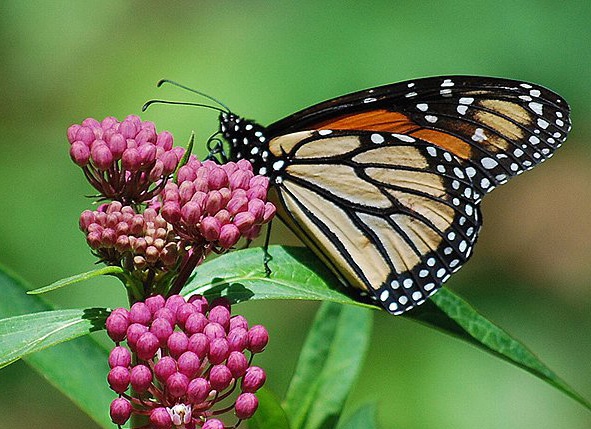
Monarch Butterflies in a Changing World
On a recent trip to California, I stopped by Natural Bridges State Beach, a lovely seaside protected area in Santa Cruz that’s best known for the monarch butterflies that overwinter there. … Read more
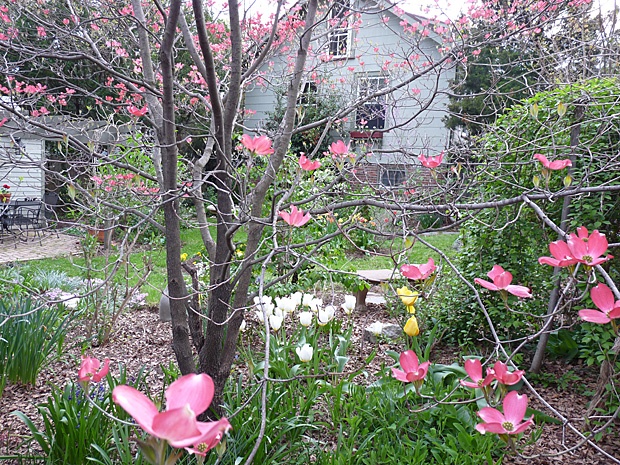
Wildlife Gardening: Don’t Forget the Neighbors
When I bought a house on a large corner lot a decade ago, I was in a hurry to convert the lawn as quickly as possible to a lush, plant-filled … Read more
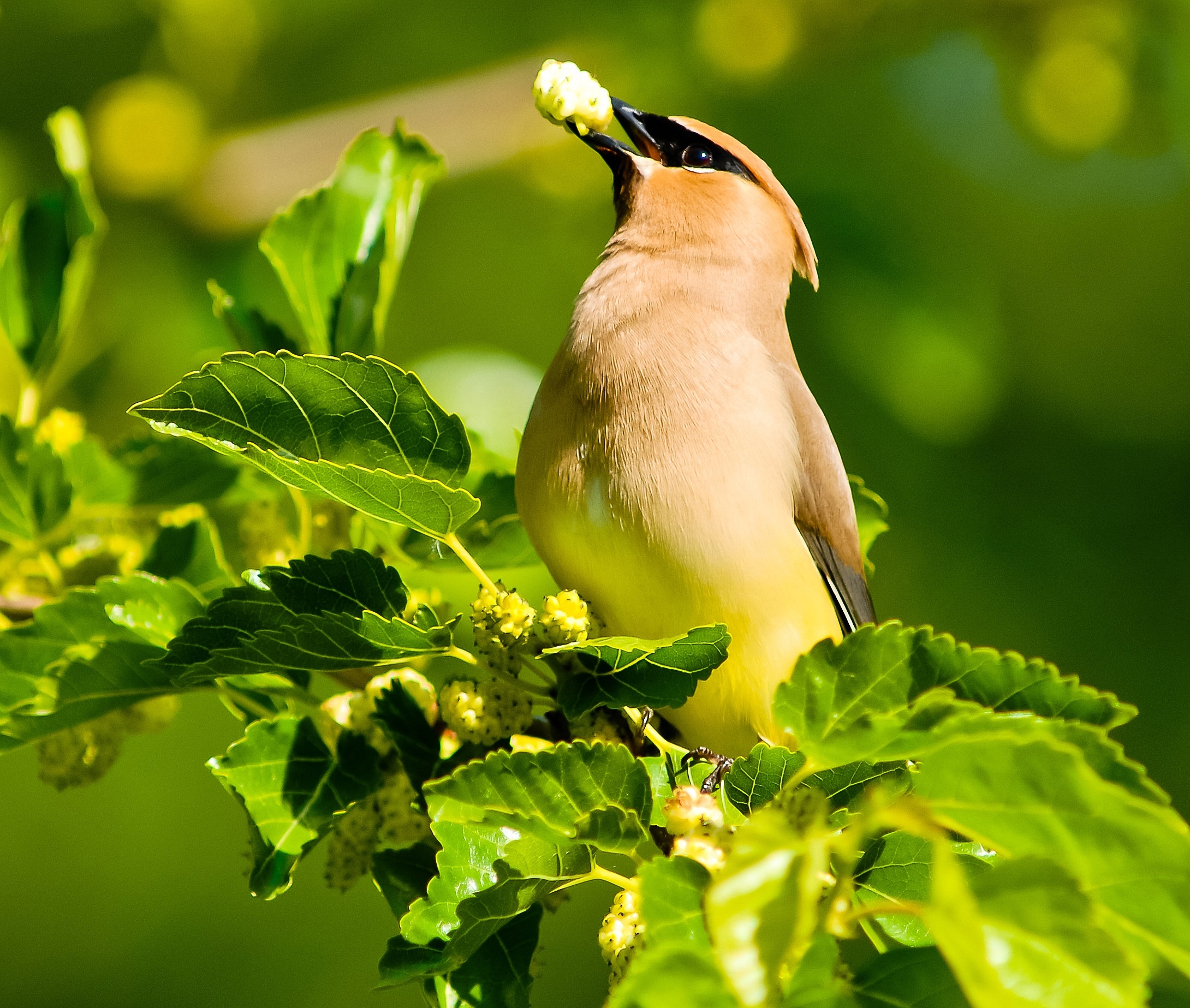
Nonnative Plants: Ecological Traps?
When I moved into my first house several years ago, it was also the first time I’d ever had my own yard—and with a double lot located on a corner, … Read more
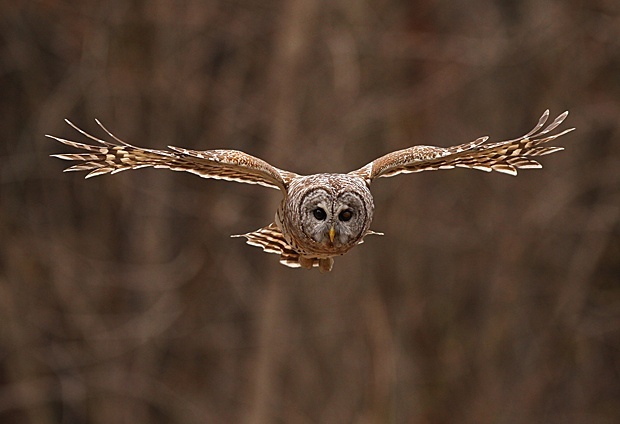
Things That Go Bump—or Hoot—in the Night: 5 Animals You May Hear While Camping in Your Yard
Welcome to June, officially designated as Great Outdoors Month by the federal government and several states across the country. Here at the National Wildlife Federation, we’ll be celebrating the outdoors in … Read more
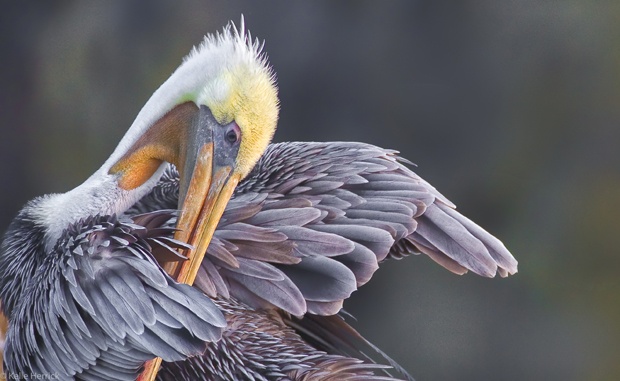
Back from the Brink: A Photo Gallery of Birds Helped by the Endangered Species Act
This Friday, May 18, 2012, the nation celebrates Endangered Species Day. To mark the event, we’re sharing photos of five North American bird species that represent endangered species success stories. … Read more
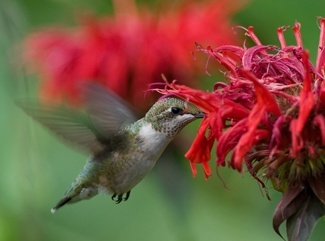
Four Tips For Attracting Hummingbirds
Here in the MidAtlantic region, ruby-throated hummingbirds are just starting to show up, returning from their wintering grounds in Central America and Mexico to breed across much of eastern North … Read more
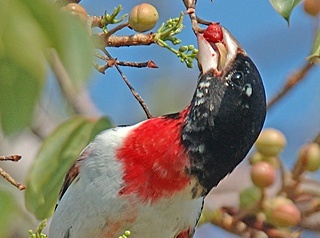
Bird of the Week: Rose-breasted Grosbeak
Glancing out the window at my feeder last weekend, I noticed something unusual: a streaky, buff-breasted, brown bird that was larger—and had a much bigger bill—than the dozen or so … Read more
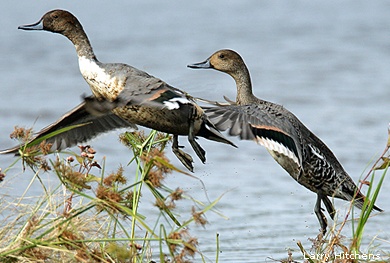
Ready to Fight the Stealth Attack on Wildlife? Part Two: Northern Pintails
It’s easy to see why the northern pintail is known as the “greyhound of the air.” A long, slender, small-headed and long-necked duck—propelled by narrow, elongated wings—the sleek pintail seems … Read more

